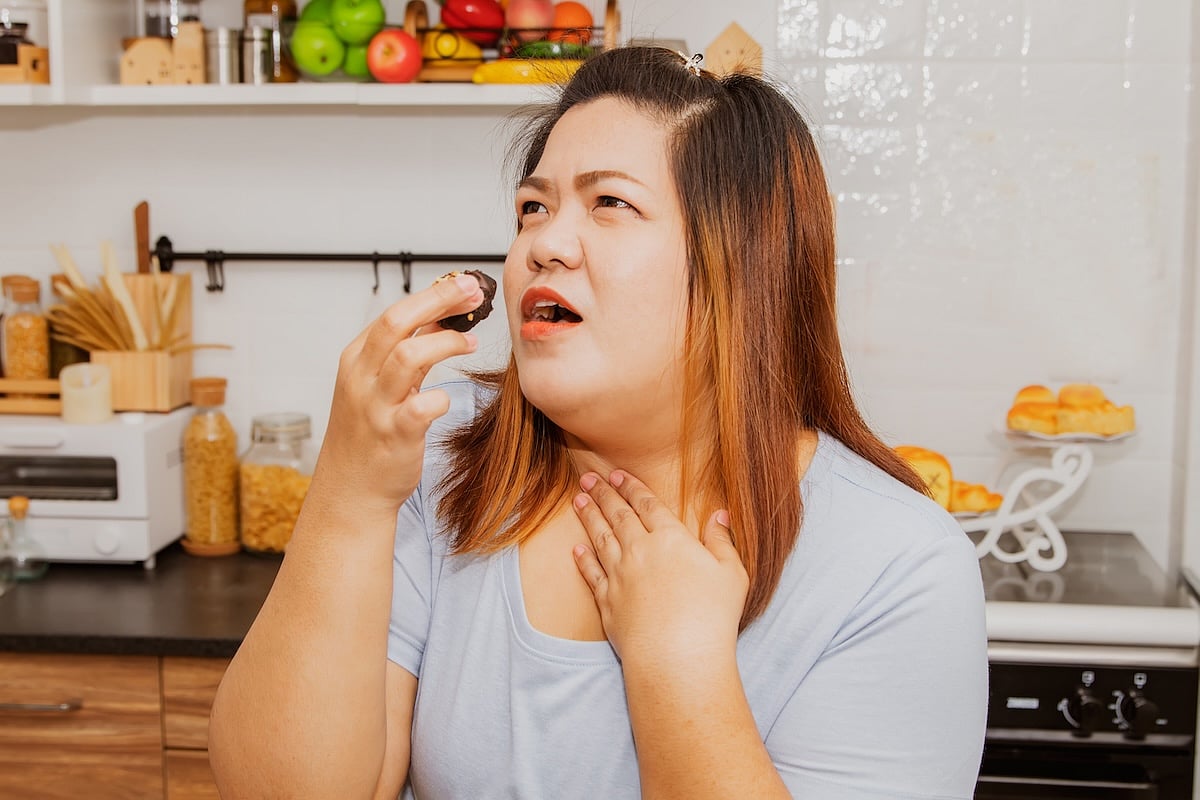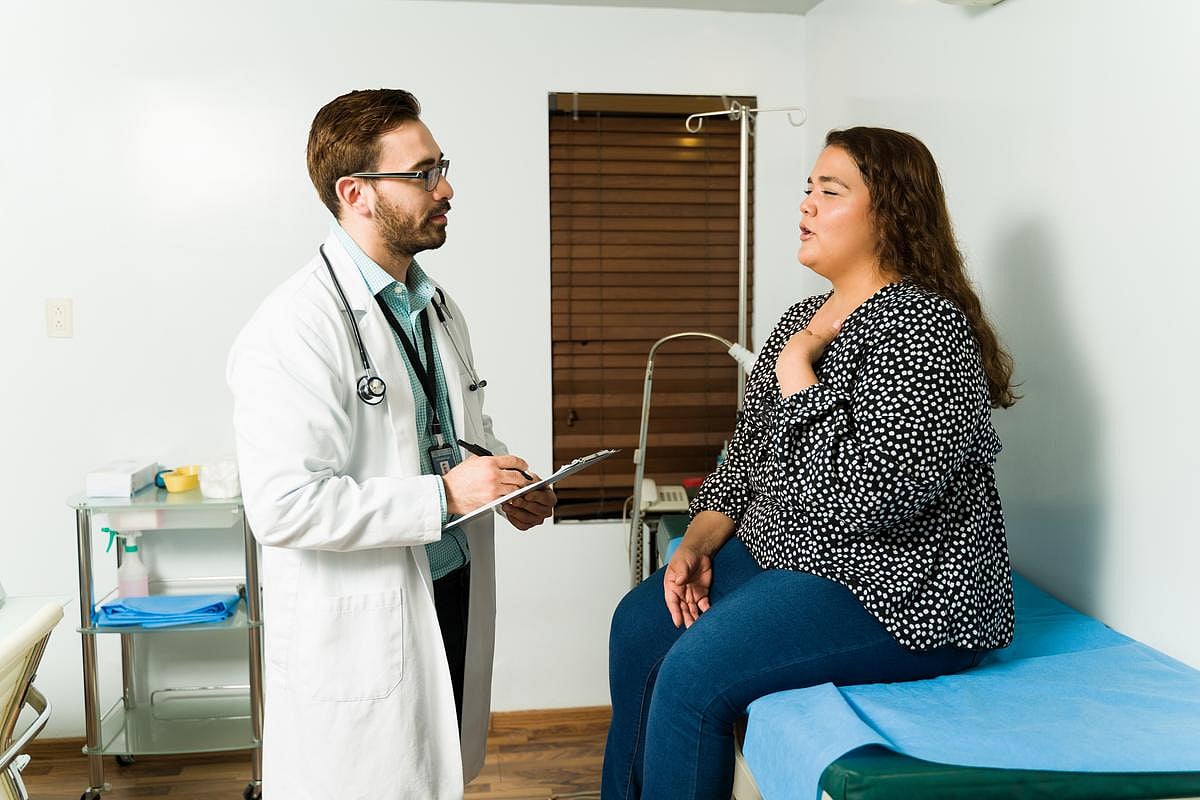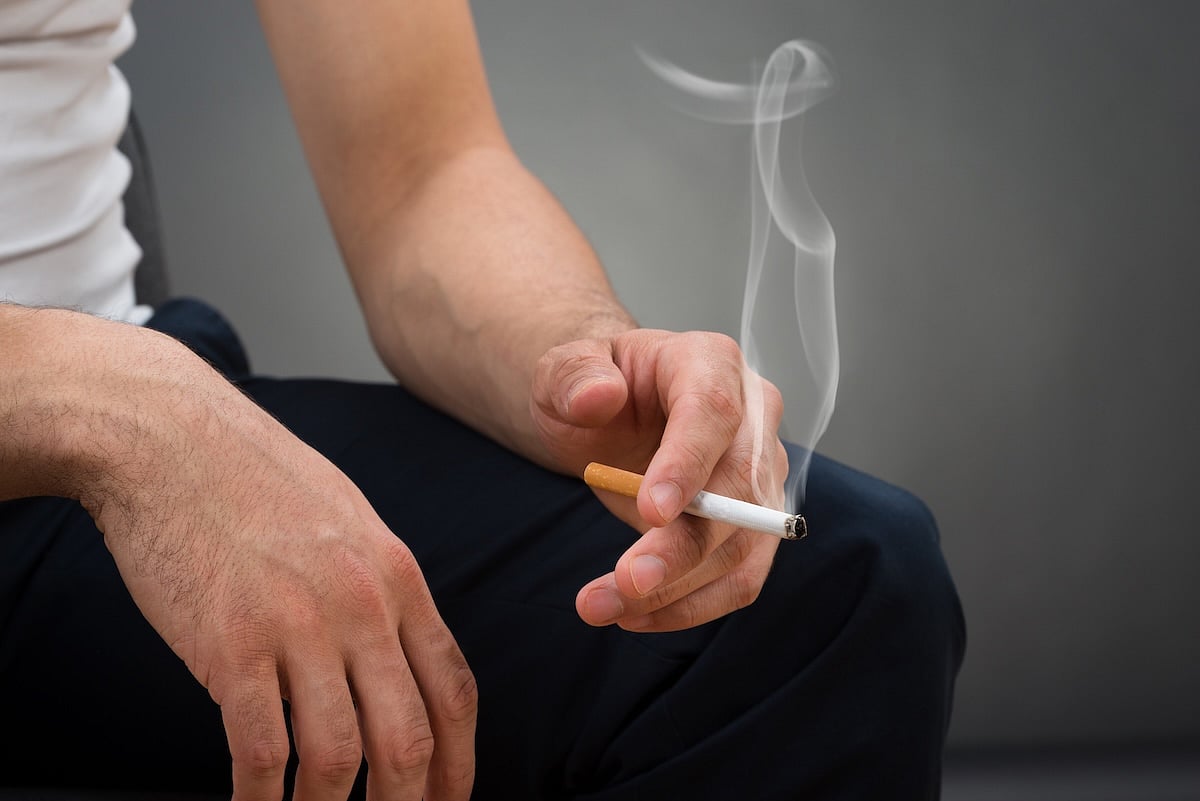
Insomnia and vertigo are health conditions so well-known that movies have been named after them. But only a quarter of Americans know about a condition that occurs even more often than vertigo or insomnia, called dysphagia, a new study says. Dysphagia is a condition in which people have trouble swallowing, due to nerve, muscle or structural problems in the mouth, throat or esophagus, according to the American College of Gastroenterology. Malnutrition and pneumonia are two common health problems caused by dysphagia, researchers said “When someone has dysphagia, food and liquid can go into the lungs and cause pneumonia — which in some cases can be fatal,” said lead researcher Sonja Molfenter, an associate professor of communicative sciences and disorders at NYU Steinhardt School of Culture, Education, and Human Development in New York City. Nearly 7% of Americans report some difficulty swallowing, with the percentage even higher among seniors older than 65, Molfenter noted in a news release. But public knowledge of dysphagia is not widespread, researchers suspected. For this study, researchers surveyed 2,000 people about their knowledge of insomnia, vertigo, dysphagia and ataxia (a lack of muscle control). Only 25% knew what dysphagia was, compared with 99% for insomnia and 87% for vertigo, results show. Only 18% knew about ataxia. Likewise, only 44% people correctly identified impairments associated with dysphagia, compared with 99% for insomnia,… read on > read on >




























-300x200.jpg)











